What’s the most valuable feature of VR development? The ability to do it while in the game itself. Here is how CM Games has been conducting guided tours around the harsh virtual environment of Into The Radius 2 with the help of senior game designer Anton Subbota.
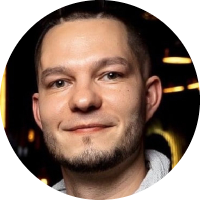
Serg Kharchenko, Evangelist at CM Games
Challenge
More than 30 people, spread across a dozen countries, are involved in the development of Into the Radius 2. By the time pre-production wraps up and Early Access begins, most of the documentation is written, the roadmap is set, and the progress is clear. But artists, programmers, and other team members are so caught up in their own tasks that it’s hard for them to see the whole picture.
Our designer Anton noticed that not everyone had a clear understanding of the entire project, so he decided to do something about it. The build already had the main location, base elements, weapon set, and basic working mechanics, plus the game supported multiplayer. That’s when the idea of arranging guided tours for the team inside the project itself was born.

Implementation
Everyone loved the idea of checking out the game’s progress with their teammates. Sure, reading patch notes or watching a demo is great, but as VR developers, we’ve got to dive in and make the most of it.
During the Early Access stage, Into The Radius 2 features a two-person co-op, which will expand to four players in the future. But back in the early development days, there weren’t strict limits on how many people could join. So once a week, groups of two to eight would get together for walkthroughs, led by the senior game designer.
Wow factor
Reading about a new weapon in the latest patch notes, then getting your hands on it, spinning it around, and firing away. Feeling the water’s quality by taking a dip in the river. Listening to a monster’s growl, or the realistic whistling of bullets zipping past your ear. Discovering a unique artifact, or admiring the sunbathed surfaces of newly added scenery. That’s the kind of update demo we, as VR developers, are capable of.
Into the roadmap
Anton takes his teammates on a tour of the game, showing off what’s in store: here’s where a point of interest will be, there’s an anomalous zone coming up, this river’s going to be poisonous, and around that building, you’ll find tons of dangerous creatures.
Instead of just reading about these things in a dry roadmap description, you get to walk around, touch stuff, and really feel it. Asking questions and getting a handle on things is a lot easier when you’re interacting with the game world itself.
After such a stroll, implementing elements in your area of responsibility feels different — there’s way more immersion and a better sense of what the players will experience.
Team building
Team members who were buried in their routine tasks got a chance to reconnect and strengthen their ties with each other. Seeing faces and avatars on regular calls is one thing, but exploring a creepy virtual forest together takes immersion and communication to a whole new level. Sharing these in-game experiences creates a bond that brings together the team from all over the world.
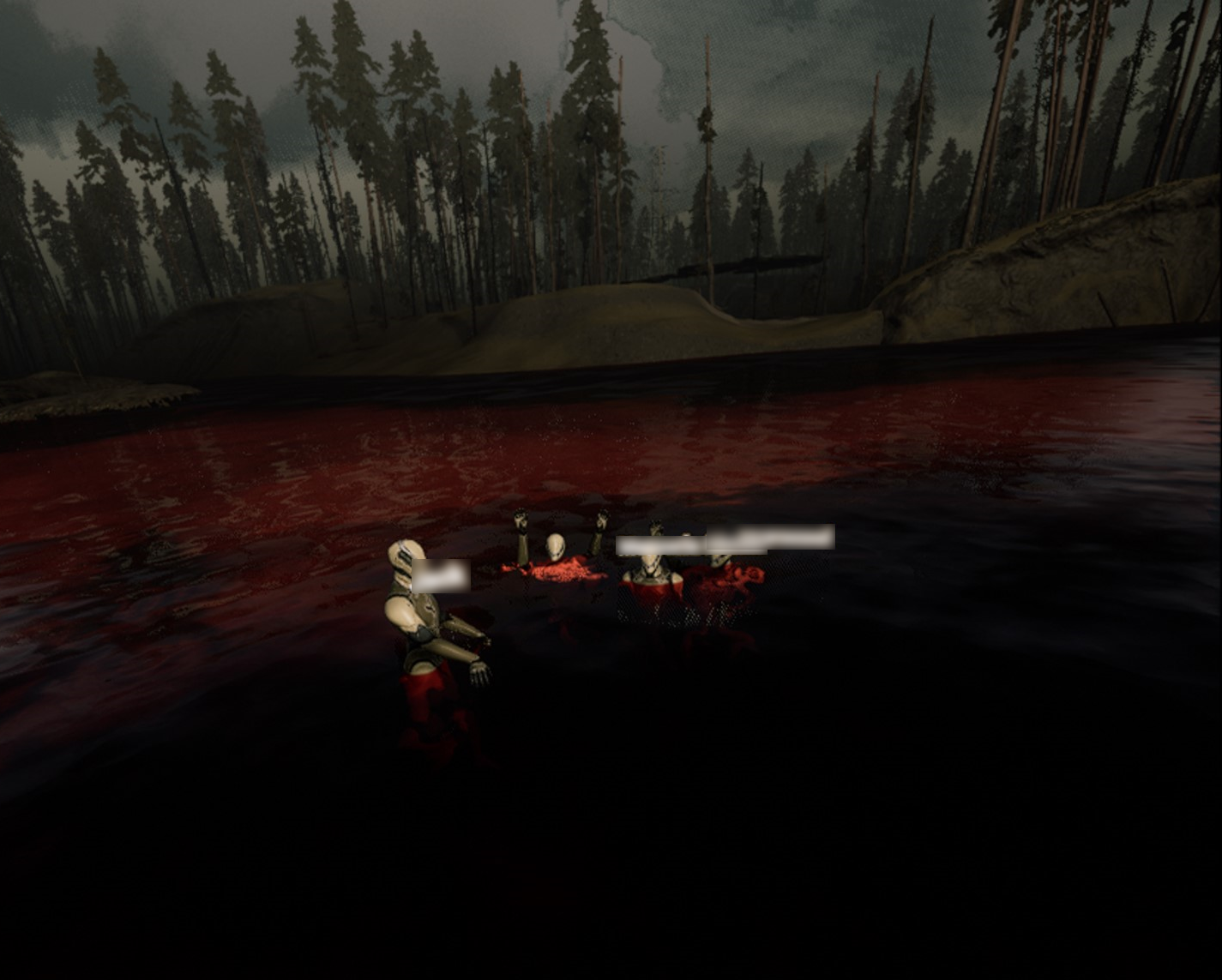
Live feedback
You’re handling the game sounds, your teammate is working on shooting physics, another’s building the virtual walls of the post-apocalyptic world, and someone else is programming those weird creatures. It’s crucial to see how all these pieces come together. And when you’re not just staring at a monitor but actually diving into the game, the feedback really comes alive. Your coworkers get to see, hear, and interact with the stuff you’ve worked on, and together, you experience the game from a player’s perspective.
This leads to lively reactions in voice chat and tons of feedback. Seeing your work from different angles is next level motivation.
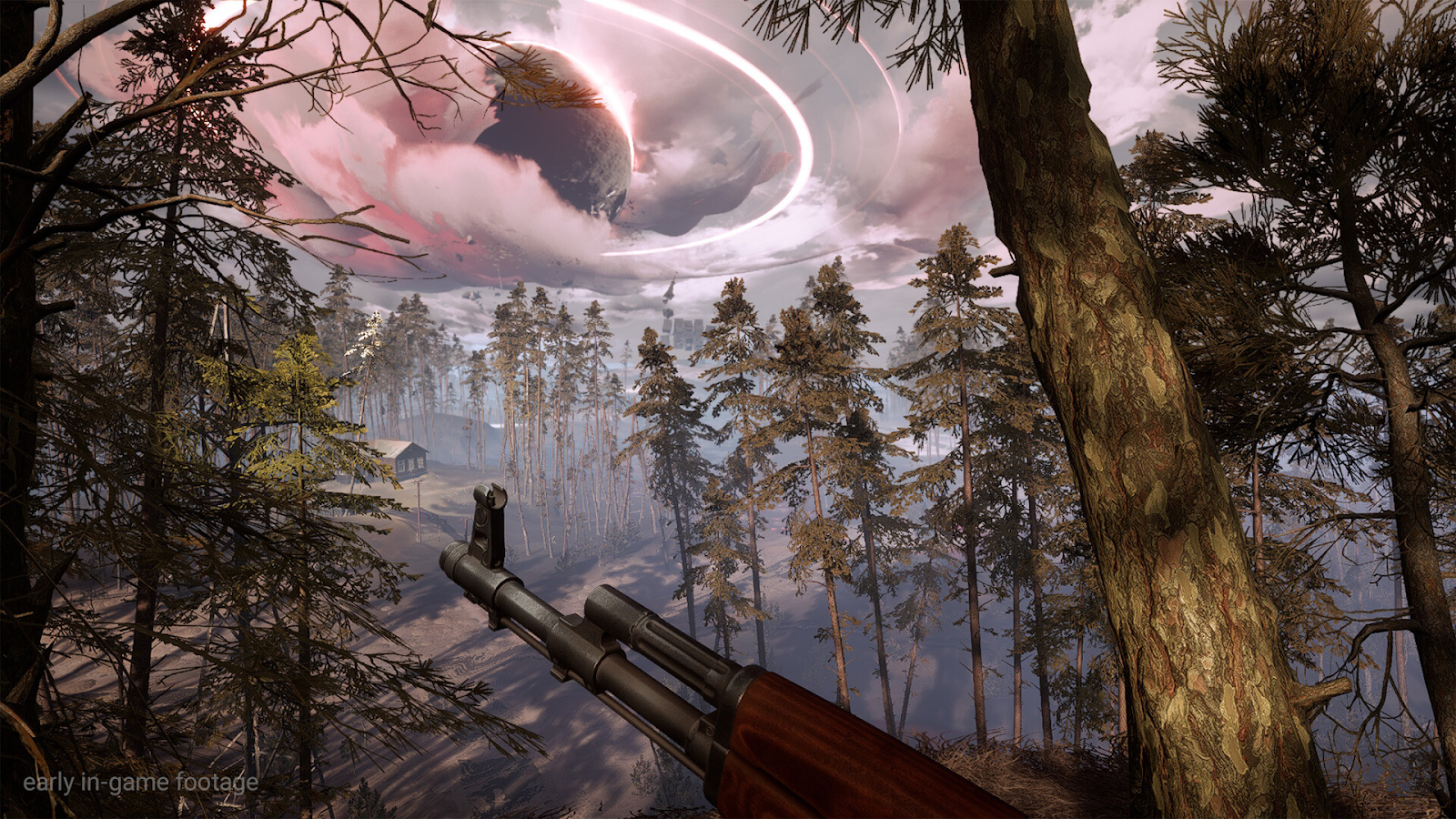
Filming the Radius
When it was time to get promotional materials ready for the game, the marketing team took a tour of the virtual wasteland. They explored every corner of the world in search of unique, eye-catching elements, and selected the best angles, lighting, and game moments.
It felt like shooting a music video, but in a virtual world. When you’re inside your own game, it’s easier to convey your excitement to future players. How well did it turn out? You be the judge.
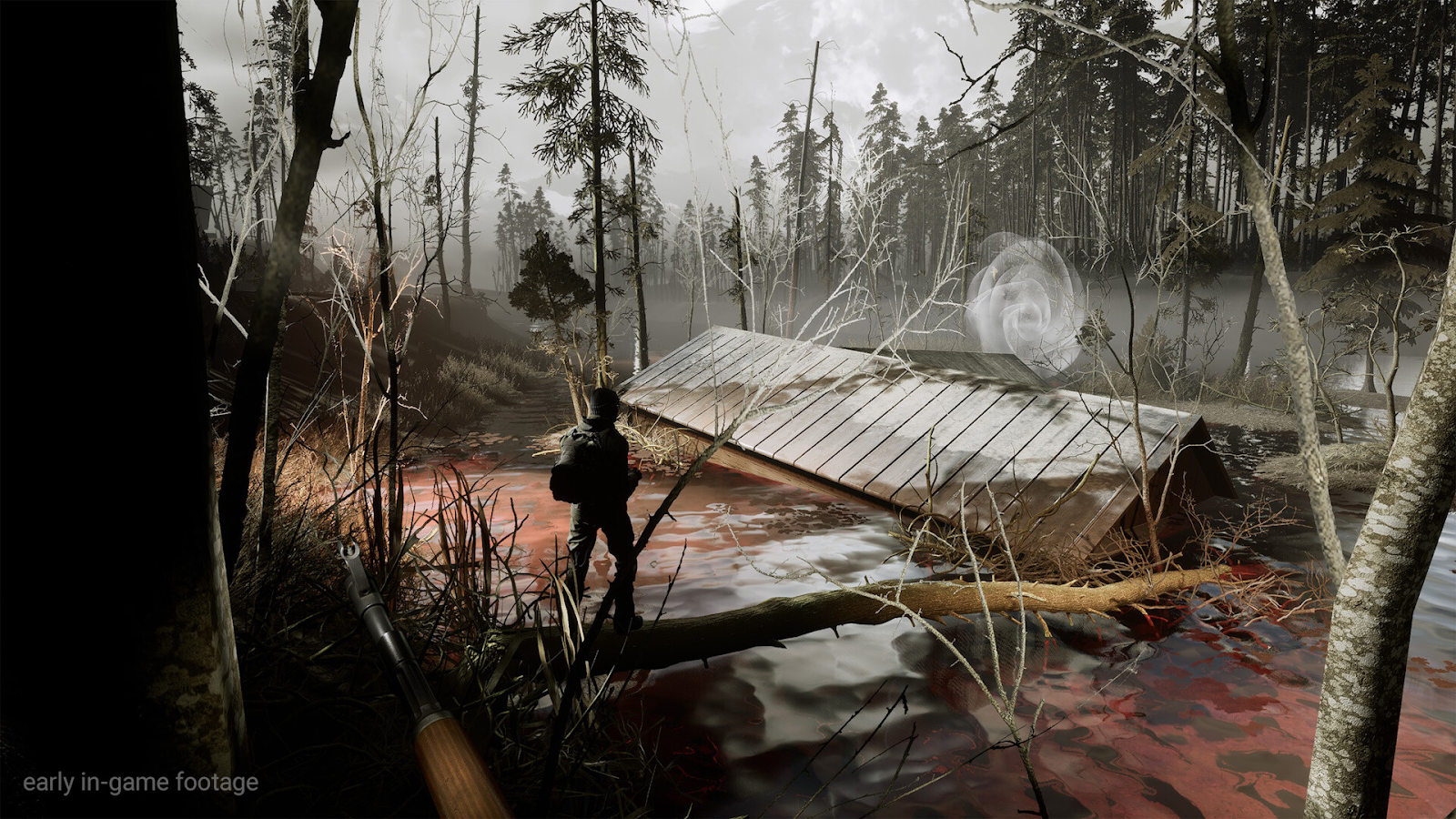
The most immersive brainstorm ever
There are two ways to brainstorm ideas. You can play games that are similar to yours and then chat with your team about them. Or, you can get a group together, dive right into the game, and brainstorm while you’re actually in it.
Believe it or not, it’s way easier to come up with new mechanics or tweaks when you’re surrounded by creepy anomaly sounds, bullets whizzing by, weird creatures roaring, and your teammates laughing.
Apparently, our brain gets a creative boost and starts firing out ideas when we’re jumping over a poisonous river, reloading guns, and dodging flying tentacles. And these ideas can be easily visualized by recording a quick video, capturing the right angles and vibes for your team — and later, for the players.

To see far away, look inward
Let’s talk about product vision.
We grab our CEO, head of VR, and project producer by their virtual hands and take them for a walk inside the game. A tour of a post-apocalyptic world, guided by a game designer, is a real combo!
This way, they can check out the current progress, realistically evaluate future development plans, and get a feel for the mechanics and mood of the game. It’s crucial for shaping the game’s vision. No more ties and formal meetings — yes to helmets and demos right inside the game.
Format
After dozens of tours, we’ve nailed down the gold standard for our format:
- Duration: No more than an hour. This is just right to get the immersive experience without VR newbies getting motion sickness. We also account for the lack of full optimization, making it easier to process.
- Number of participants: Game designer (the guide) + a maximum of four more people. This helps keep the focus on key moments and ensures no one gets lost. Grown-ups can scatter like school kids under the impression of their own brainchild.
- Group composition: Depends on the goal. For business purposes like generating marketing assets, we have specific groups. For team building, feedback, and similar activities, the groups are mixed.
- Regularity: Tours usually happen on Fridays. The frequency depends on the business objective, but it’s generally every two weeks.
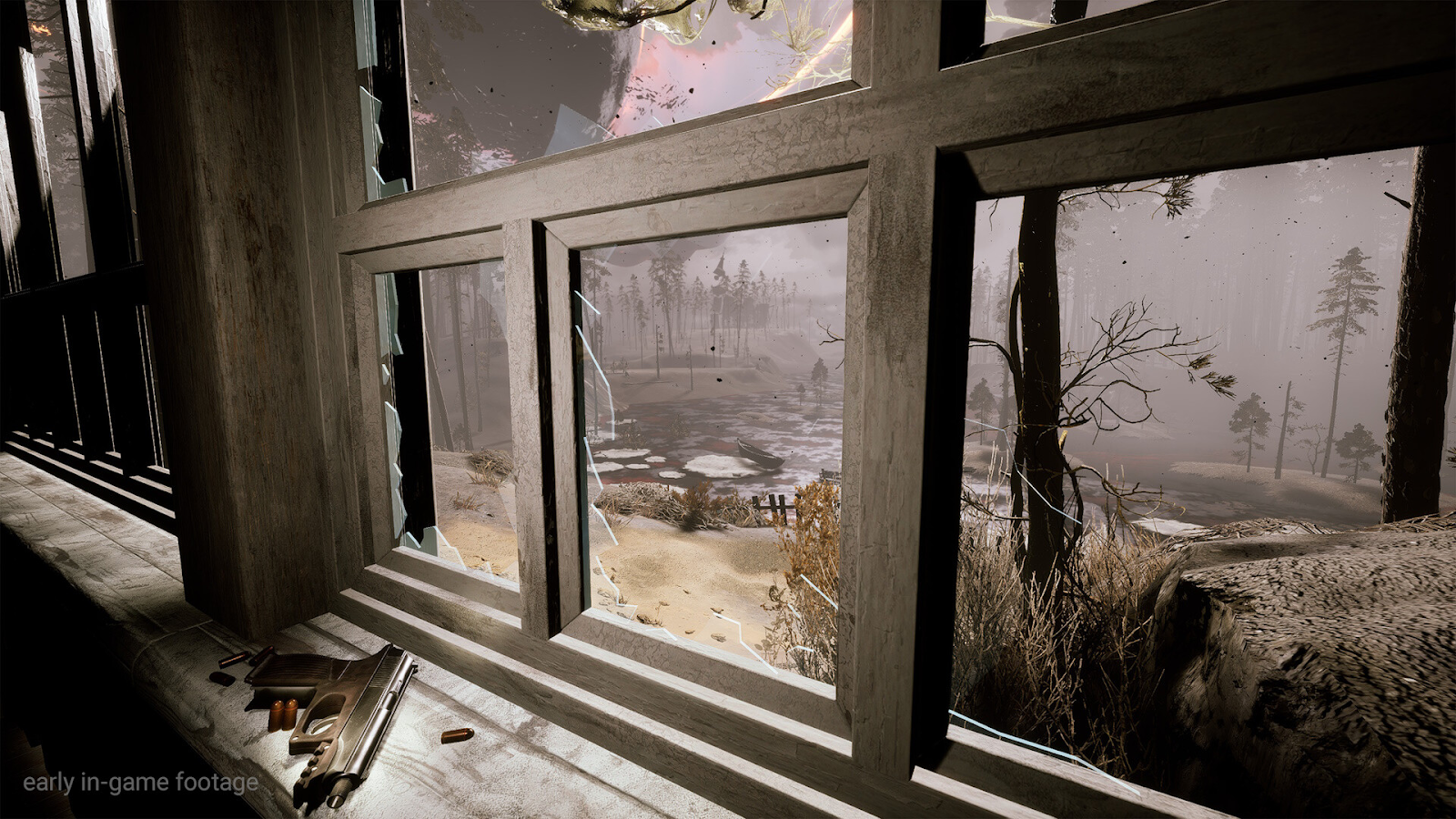
What’s next?
We’ve got some ideas for using this format in the future:
- Guided tours for influencers before a big update;
- Rewards for community members who are particularly active;
- Chance to take revenge on the developers for all the bugs and bad decisions by fighting them in the game itself;
- Expanded opportunities for closed beta tests and much more.
More data about Into the Radius 2
Since launching in Early Access on July 24, Into the Radius 2:
- Made it into the top 20 July releases on Steam, despite being VR-only;
- Received a “Mostly Positive” rating (75% positive) based on 1,681 reviews;
- Generated over 100k organic views on its Early Access announcement teaser, making it the most-watched video about the game on the studio’s channel;
- Received reviews from more than 100 content creators.
Into the Radius 2 is currently available in Early Access on Steam. More info about the game can be found on its website, as well as communities on Reddit and Discord. We’ll keep sharing great stories about the game’s development and marketing. See you in the Radius!
